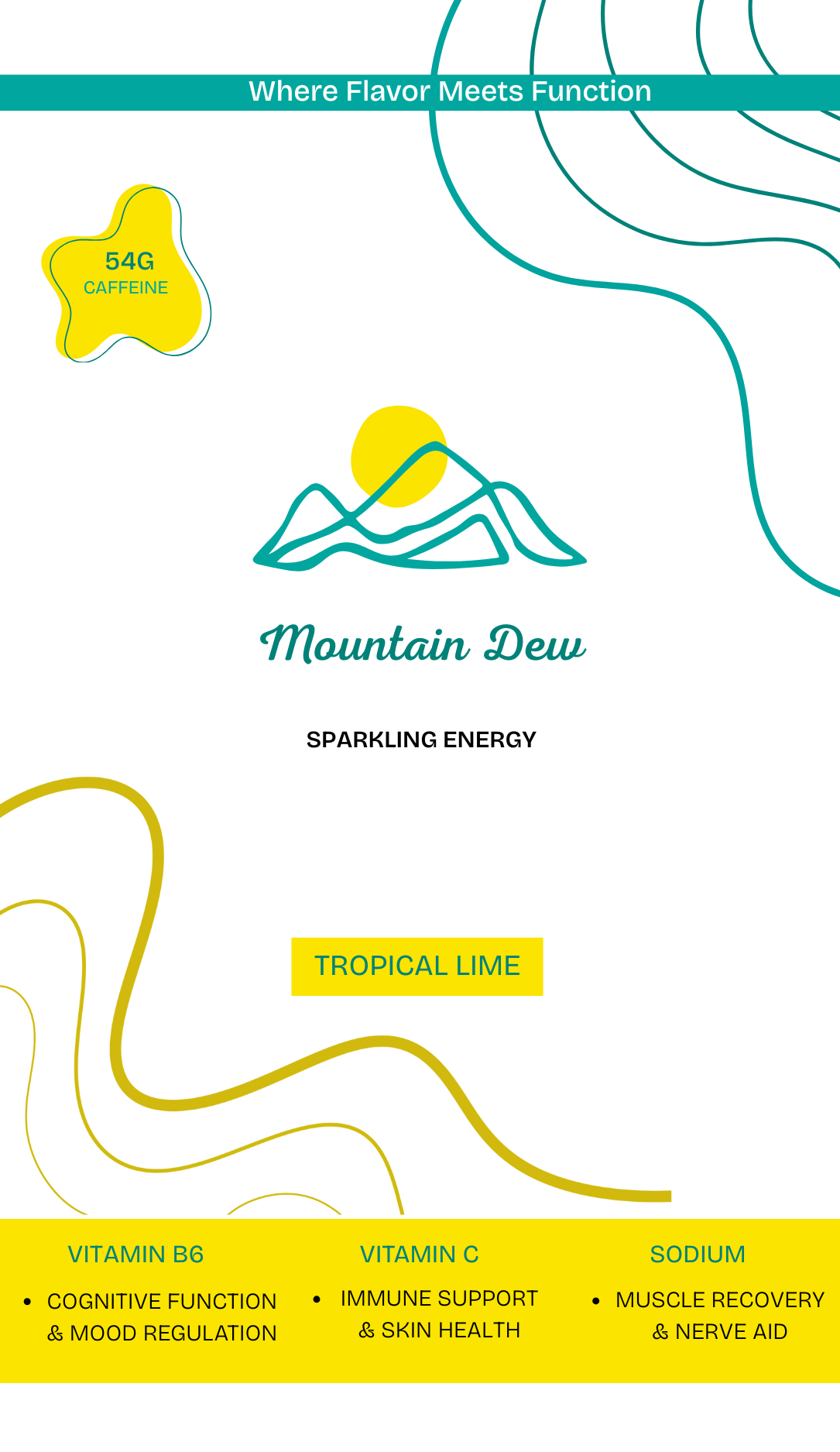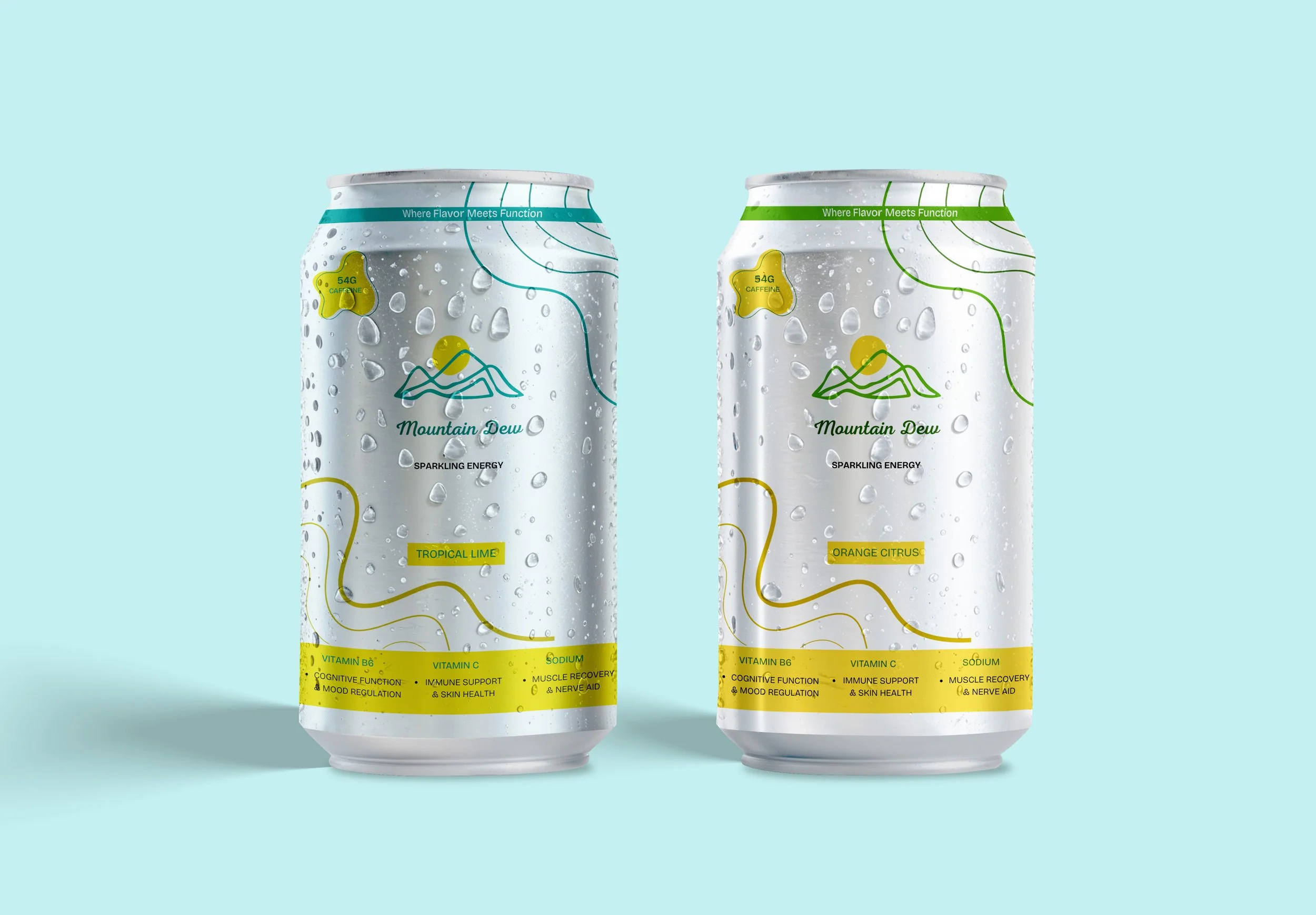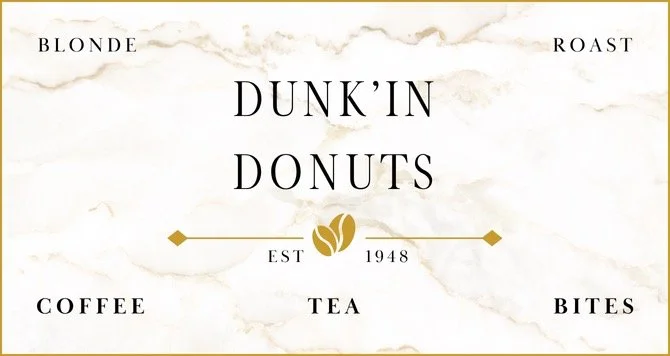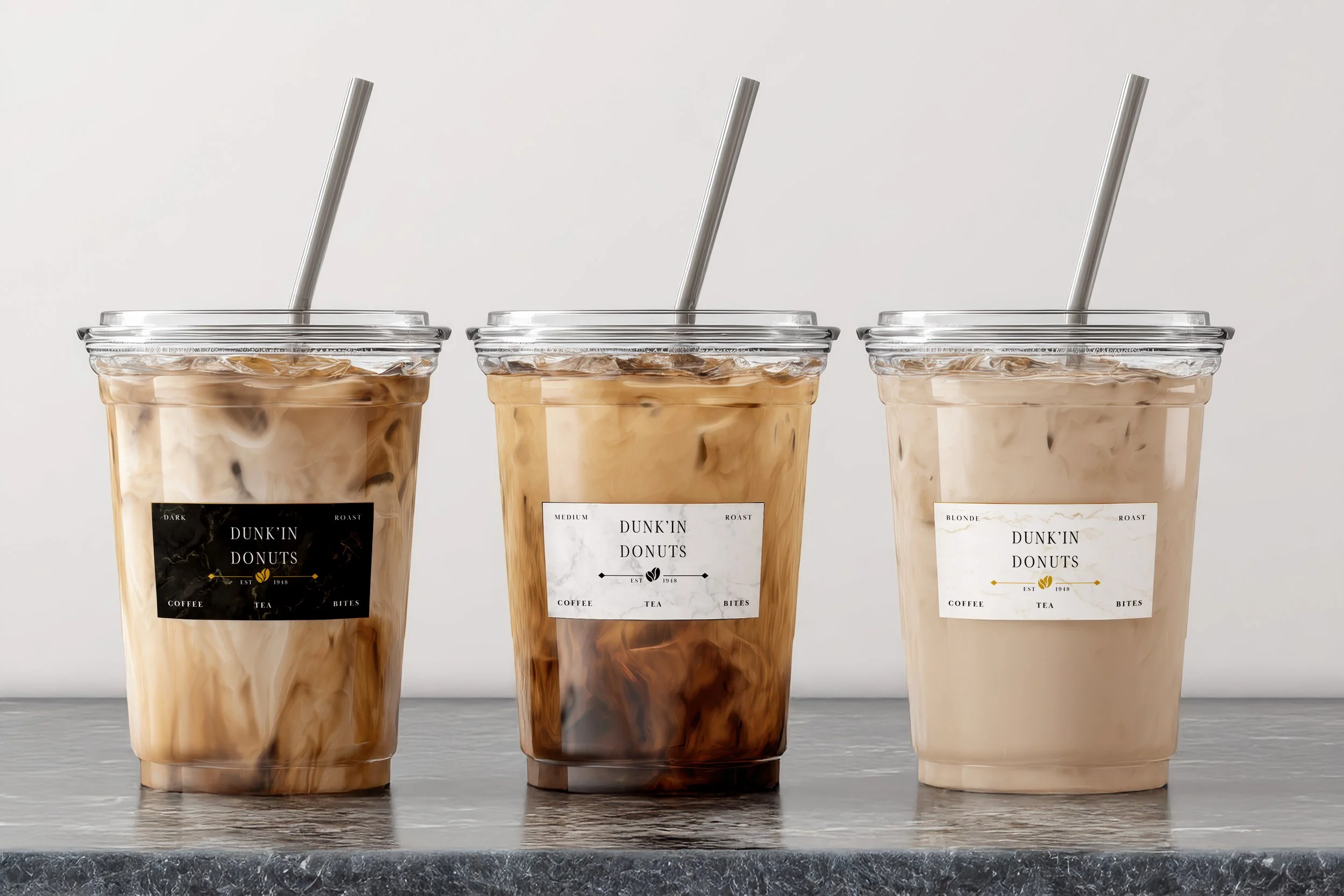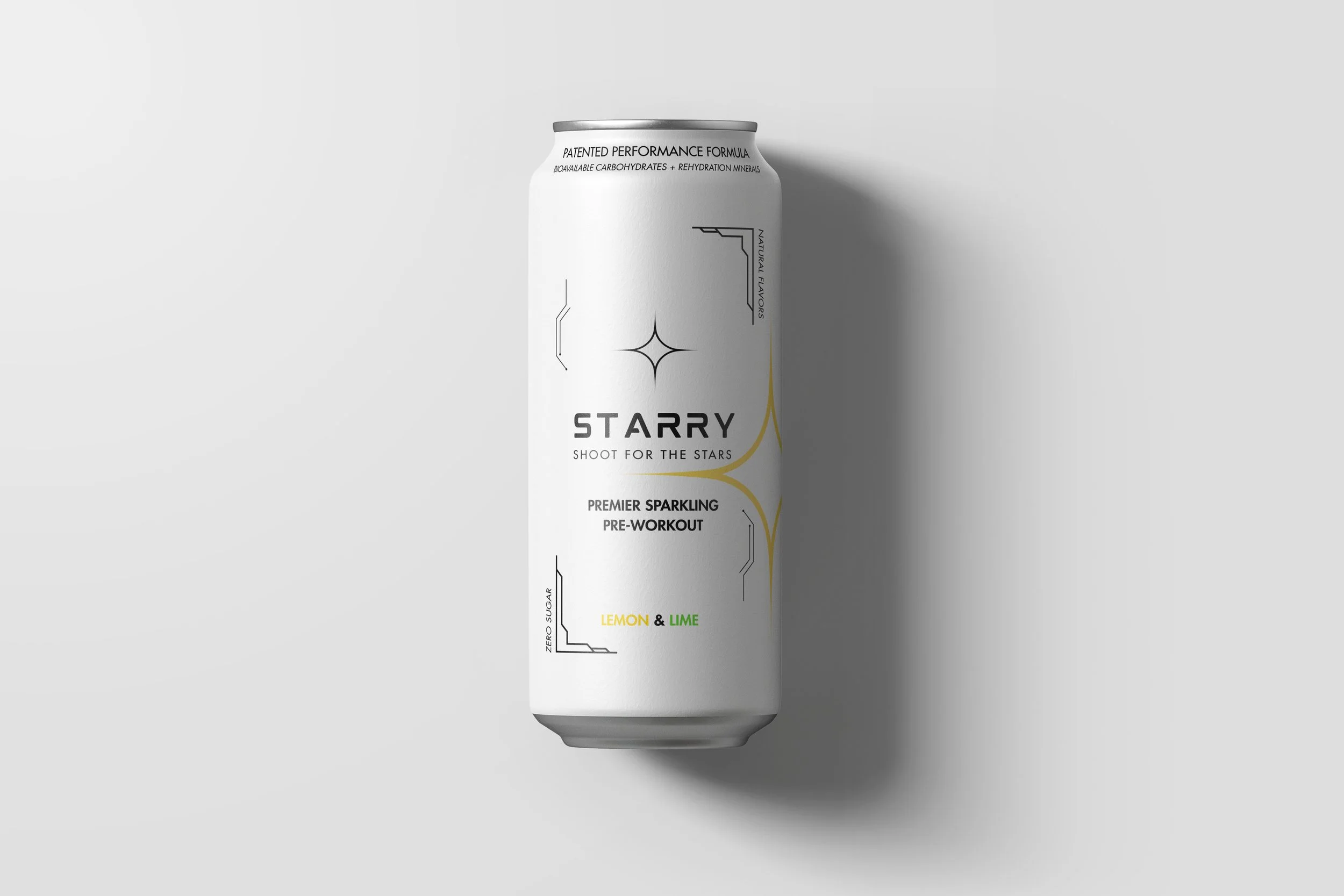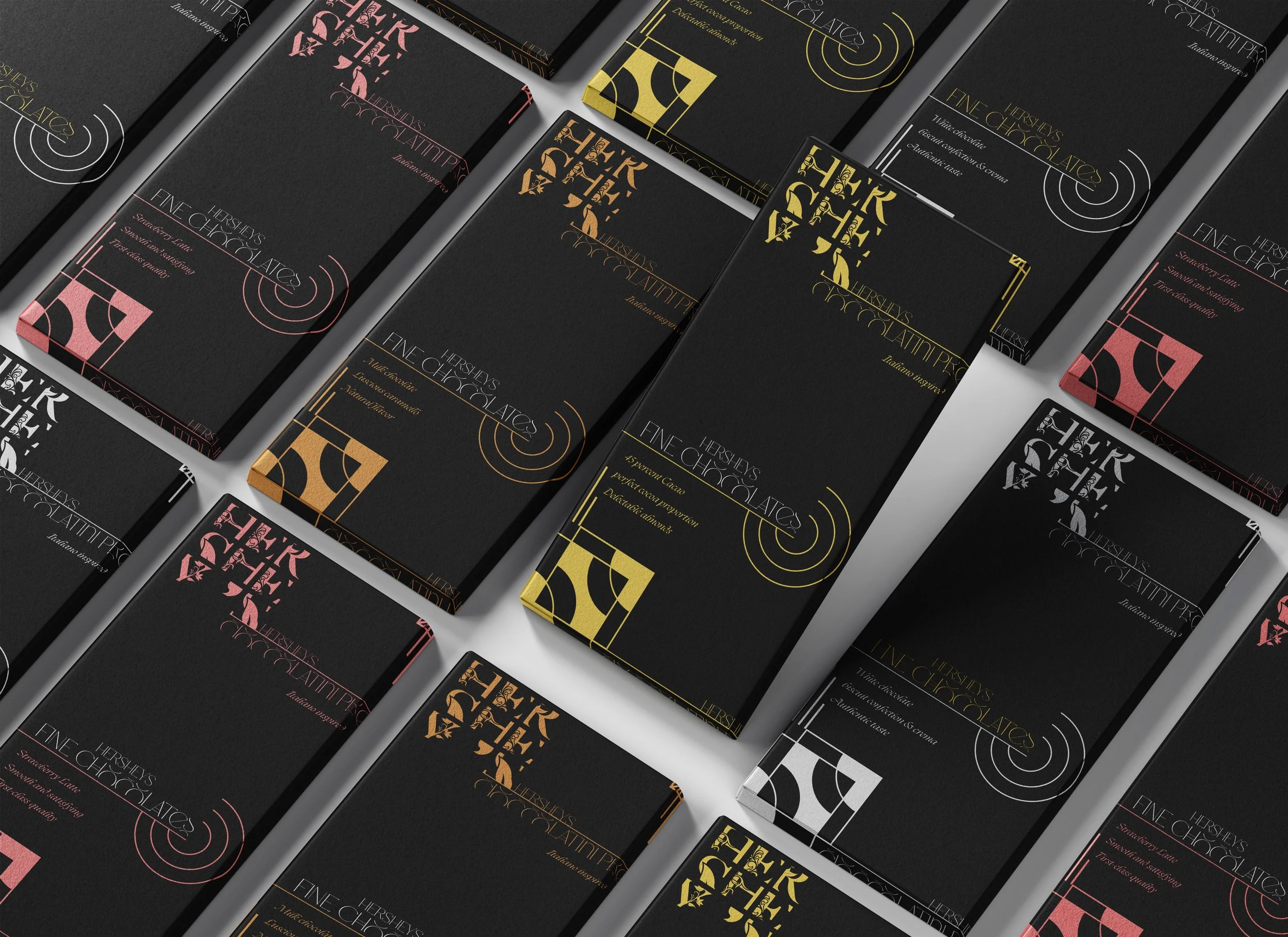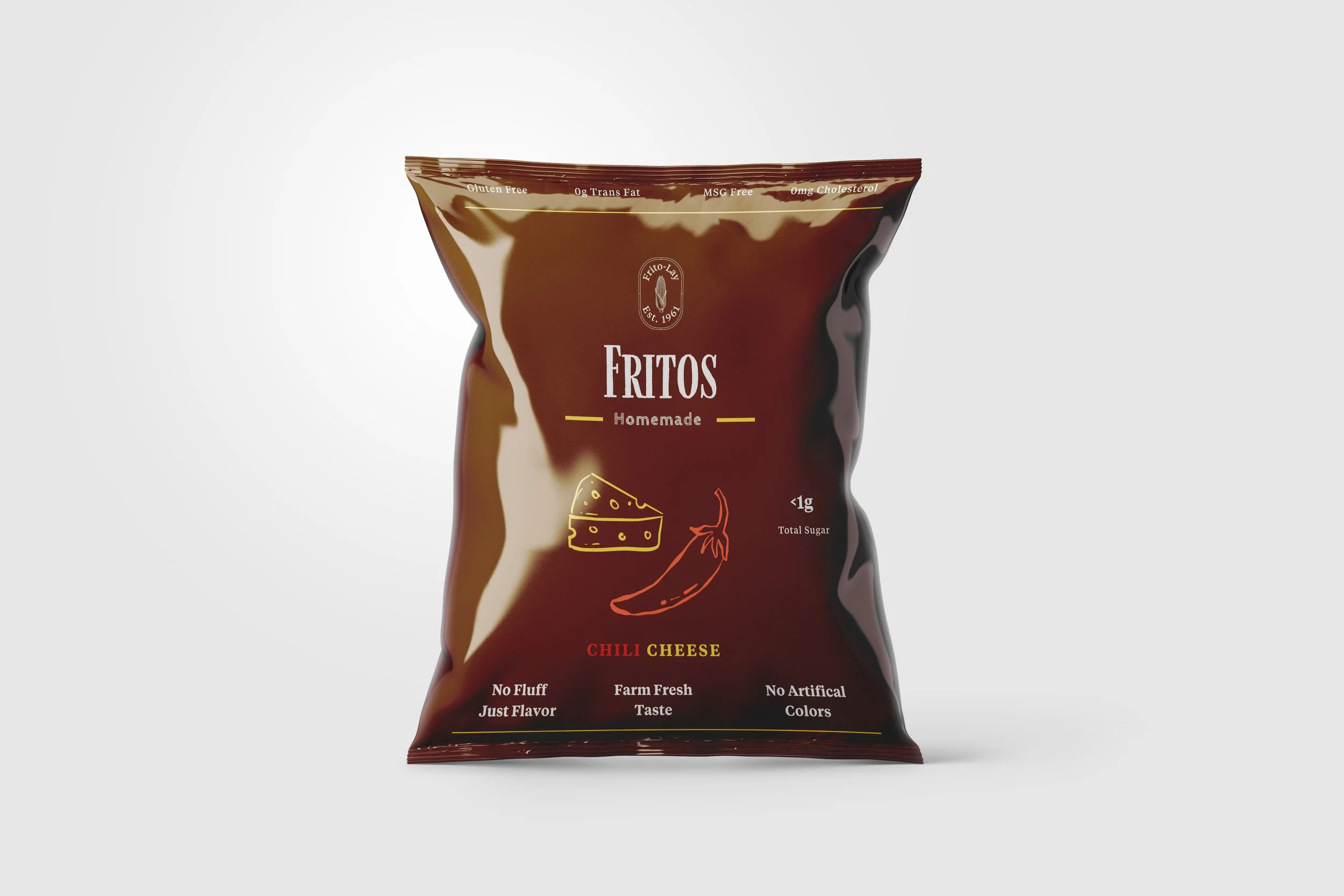07/2025
Packaging Rebrading
Context
This project started with a question: What if Mountain Dew was sold at Whole Foods? I wanted to explore how design and marketing can completely reshape the way we perceive a product, even without changing what’s inside the can.
Challenges
The main challenge was believability. I needed the rebrand to look like it could genuinely sit on a Whole Foods shelf while still being recognizable as Mountain Dew. That meant carefully blending the brand’s neon, high-energy identity with the earthy, wellness-driven aesthetic of health food packaging.
Process
I began by deconstructing the original Mountain Dew brand and analyzing its ingredients. From there, I rewrote its nutrition claims using wellness-focused language to show how easy it is to “spin” junk food with the right buzzwords. Sugar became “Bioavailable Carbohydrates,” and sodium turned into “Rehydration Minerals.” I then redesigned the packaging with muted color palettes, clean typography, and organic motifs, leaning into the style of natural food products. Building on that idea, I expanded the series to other everyday products, exploring how far a rebrand could stretch perception. Hershey’s became a luxury chocolate brand with refined typography and gold accents, Dunkin’ Donuts was transformed into a minimalist café experience, Starry took on the identity of a post-gym recovery drink, and Fritos were reframed as a wholesome, homemade-style snack. Each rebrand challenged me to experiment with visual identity, tone, and marketing strategy—showing how design can make something entirely ordinary feel elevated, functional, or even aspirational.
